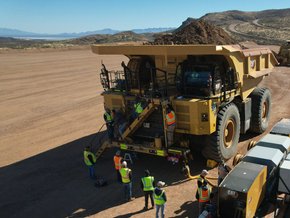Top 10 most sustainable buildings in the world
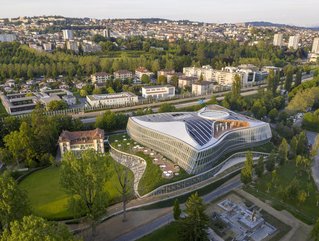
With climate change becoming even more of a priority across the globe, it is important to highlight buildings that champion successful sustainable design. Countries worldwide are continuing to innovate not only with imagination, but also intellect, as new and exciting buildings are designed to protect the planet.
The buildings featured in this list contain plenty of sustainable features to cut down on carbon emissions and better benefit the natural environment as a result. Their transformative designs and positive environmental impact can be a source of inspiration for the building industry.
10: CopenHill, Copenhagen
One of the cleanest waste-to-energy power plants in the world, CopenHill works to convert over 440,000 tons of waste into clean energy annually. It serves 680,000 people and takes waste from up to 300 lorries each day, with its steam turbine producing 63MWh of energy and its heat exchangers used in a district heating system.
It might also be the only power plant in the world with an open-air ski slope on the roof. First opened in October 2019, the building was designed by Bjarke Ingels Group (BIG) with the aim to create a building that can contribute to the city and become a crucial city landmark.
9: Cube Building, Germany
The Cube Berlin is a cube-shaped office building on Washingtonplatz close to Berlin Central Station and was inaugurated in February 2020. The building spans ten floors and is characterised by an inwardly folded glass façade which has been designed with folds and creases along the surface, giving reflections like a kaleidoscope.
It is designed to be both resource-saving and energy efficient, as energy is generated by solar radiation. In addition, the window panes are coated to reduce the heat inside the building. The building also has multiple smart features to monitor energy flow and consumption, self-learning to adapt the building’s settings according to each user’s needs.
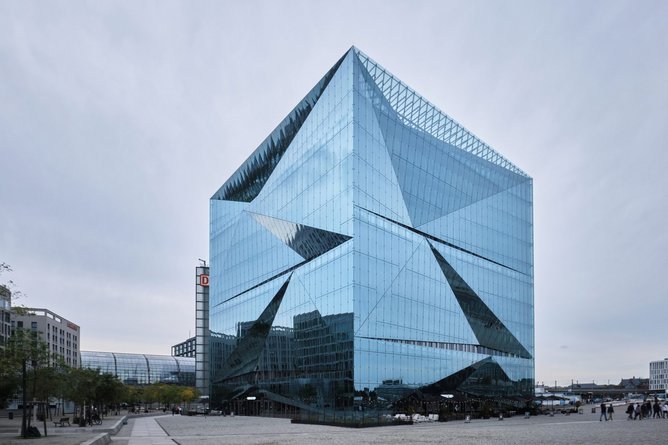
8: Sohrabji Godrej Green Business Centre, India
Based in Hyderabad, India, the Sohrabji Godrej Green Business Centre is a Bureau of Energy Efficiency (BEE) 5 star-rated building. It is a commercial building that consists of offices, research labs and conference rooms.
Vegetated roofs cover 55-60% of the building’s roofs, with the rest being covered by solar photovoltaic with a 24KW capacity. The 100 to 120 units of power generated per day is fed into the grid and meets 20% of the total energy cost of the building. In addition, wastewater and water runoff from the building is recycled by plants on the building purifying and filtering the water.

7: One Central Park, Australia
One Central Park is a mixed-use dual high-rise building located in New South Wales, Australia. It contains residential apartment towers and six level retail shopping centre at the base of the towers. In 2013, it was awarded a 5 star Green Star ‘Multi-Unit Residential Design v1’ Certified Rating by the Green Building Council of Australia, making it the largest multi-residential building in the country to receive such a designation.
The buildings have a range of green features, such as a water harvesting system, green roofs, recycling demolished materials, car shares and sewer mining. In addition, the interior and exterior contains pots with plants and greenery, which are mainly located on the balconies.
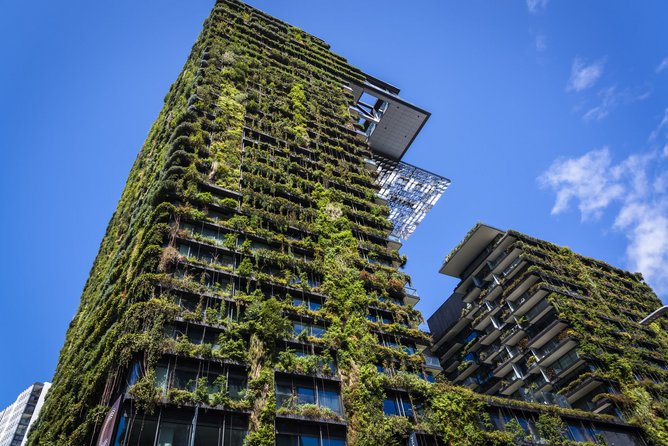
6: Taipei Financial Centre, Taiwan
Taipei 101 is a supertall skyscraper in Taipei, Taiwan. It stands 508 metres tall and has 101 storeys above ground and 5 levels below ground, becoming the world’s first building to surpass 500 metres in height. Influenced by pagodas in China, Taipei Tower has also achieved the LEED certification at Platinum Level and is now acknowledged as the world’s tallest green building.
The building now works to reduce its energy consumption each year, cutting 33.41mn kWh per year and saving more than US$2mn per year. For instance, the introduction of low-flow water fixtures with dedicated management systems has reduced water usage within the building without affecting building tenants. Low-mercury and no-mercury lamp fixtures were also installed throughout the building to reduce pollution.
5: Sun-Moon Mansion, China
Sun-Moon Mansion in Dezhou, China, is one of the largest solar-powered highrise buildings in the world. The building features a fan shaped roof which includes more than 5000 solar panels. It is used as a hotel, research facilities, meeting rooms as well as an exhibition centre. It is part of the ‘Solar Valley’ in the city which is home to 552,000 residents and has 98% of its energy provided by strategically placed solar panel arrays.
Into its operations, Sun-Moon Mansion incorporates photothermal, photovoltaic and other energy-saving technologies. The building is reported to save an estimated 2.5 tonnes of coal, 6.6mn kWh of electricity and more than 8.6 tonnes in toxic emissions.

4: Bank of America, USA
The Bank of America tower in New York City stands as one of the tallest buildings in the city and is the first in New York to receive a Platinum LEED certification. In line with its net zero goals, Bank of America is aiming to deploy and mobilise US$1tn by 2030 through an environmental business initiative in order to accelerate the transition to a net zero economy.
It conserves plenty of energy as it uses an onsite natural gas-fuelled power plant to provide 70% of its annual electrical power needs. Waste heat from the power plant is used to make steam which powers chilling machines that cool the building, as well as providing hot water for heating.
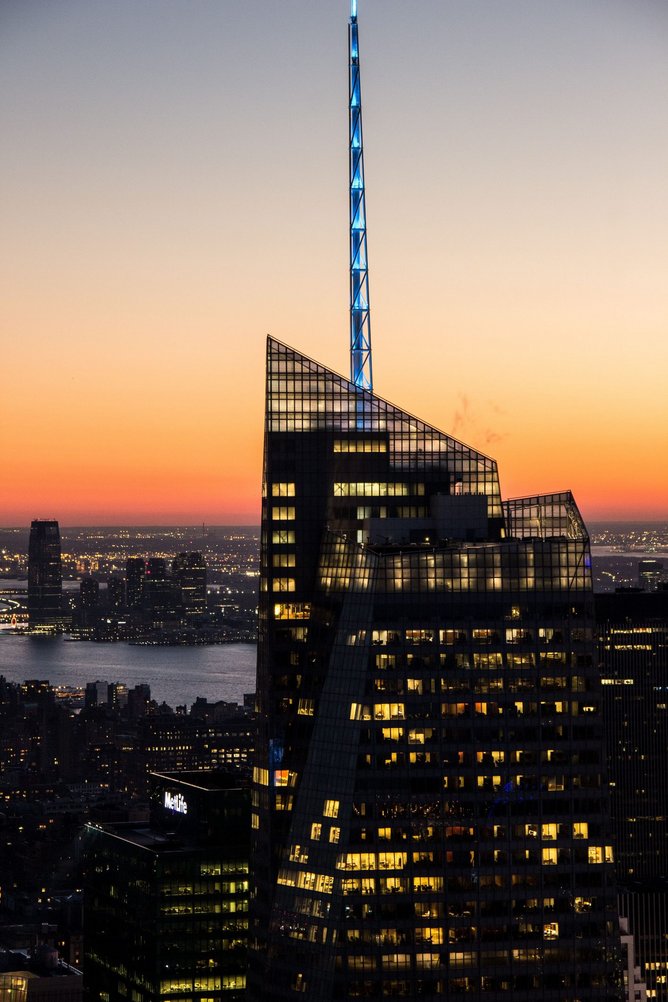
3: The Crystal, UK
The Crystal is located in Greenwich, London, and is an events venue close to the Royal Docks. The building itself is completely electric and is heated via ground source heat pumps. Energy provided by solar power generates more than 20% of the electricity that is used throughout the building.
The centre was a sustainable cities initiative by Siemens and showcases technologies that support sustainable urban living, as well as the company’s environmental portfolio. The building also incorporates rainwater harvesting that it can convert, as well as solar heating and an innovative building management system that automates and manages energy.
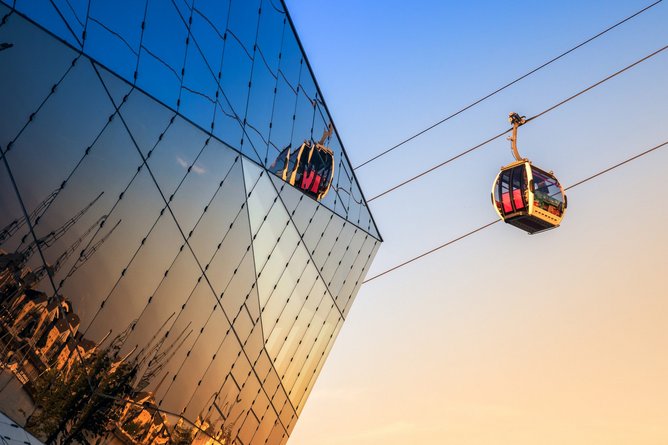
2: Olympic House, Switzerland
Olympic House is one of the most sustainable buildings in the world. It contains solar panels and heat pumps that use water from Lake Geneva to provide renewable energy. It aims to use 35% less energy than similar buildings, while optimising the health and wellbeing of its users.
The International Olympic Committee (IOC) officially opened Olympic House in June 2019. It was designed to reflect the IOC’s mission to make the world a better place through sport and the reforms of Olympic Agenda 2020. Pushing sustainability boundaries, Olympic House received the most rigorous international and local sustainability certifications, a demonstration of the IOC’s commitment to lead by example.
One of the three certifications the building has is LEED Platinum, the highest certification level of the international LEED green building programme. As of 2019, Olympic House had received the most points (93) of any LEED v4-certified new construction project.
1: Shanghai Tower, China
Placed in the heart of the city’s financial district, Shanghai Tower is a 128 storey building built in 2008 and incorporates plenty of sustainable features in its design. The building reduces the carbon footprint by 34,000 tonnes each year and incorporates smart control systems that monitor electricity consumption. As a result, it generates energy cost savings of US$556,000 per year.
It is designed to capture rainwater for internal usage, as well as the architecture being twisted to reduce wind load by 24% and also makes it more earthquake resistant. There are also wind turbines located across the building that generate 350,000 kWh of electricity each year.

- McKinsey Reports Global Material Circularity Has Shrunk 10%Sustainability & Green Building
- B&W Engineering: Managing Sustainability in ConstructionSustainability & Green Building
- Google announces US$1bn Sustainable Data Centre ProjectConstruction Projects
- China State Construction: The Globe’s Largest ContractorProject Management

